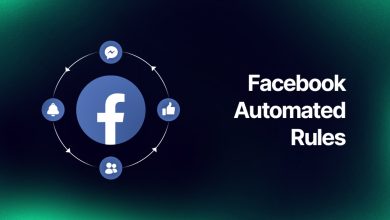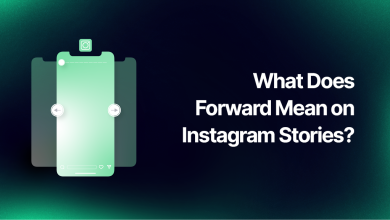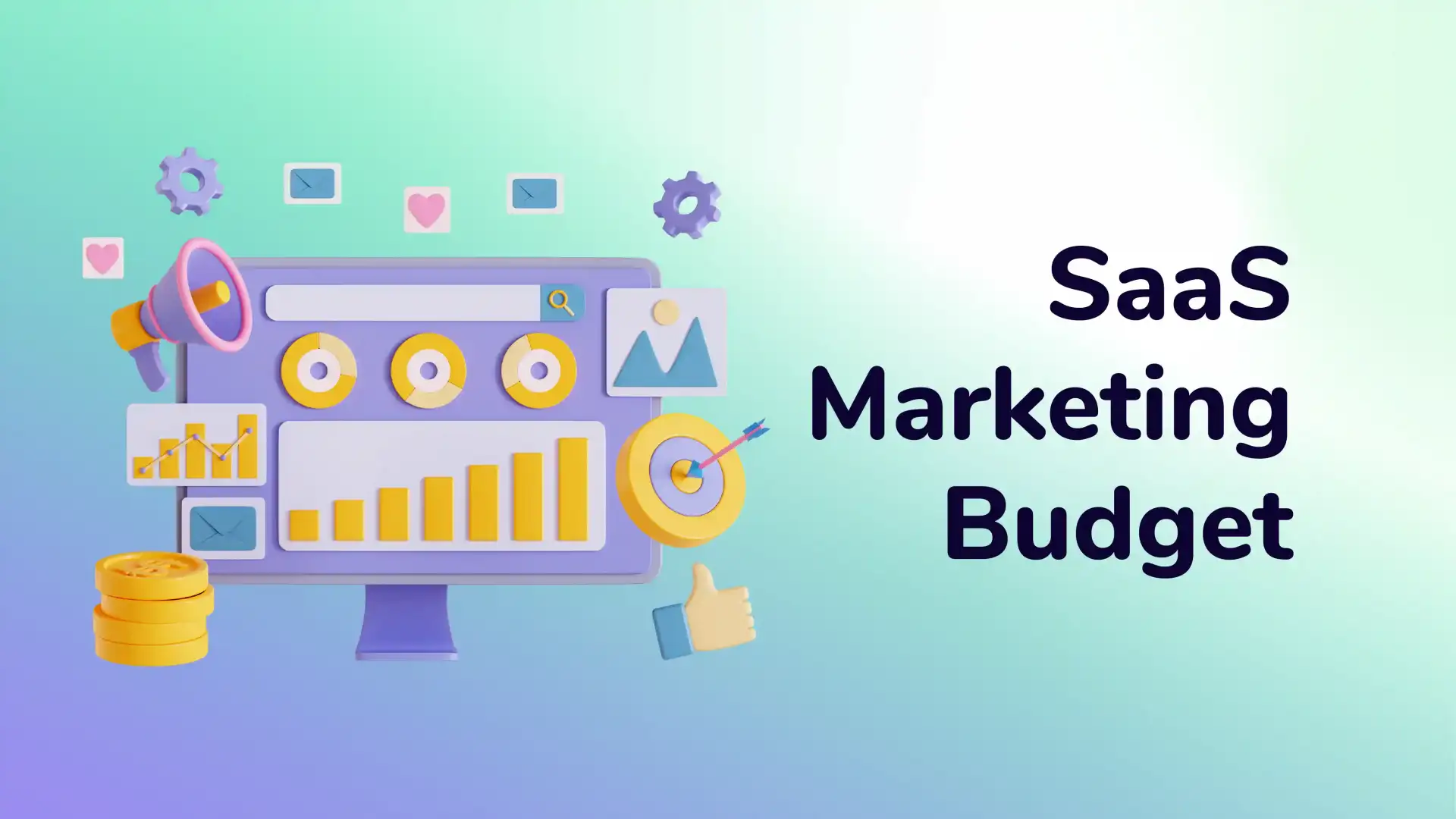What is a Marketing Funnel?
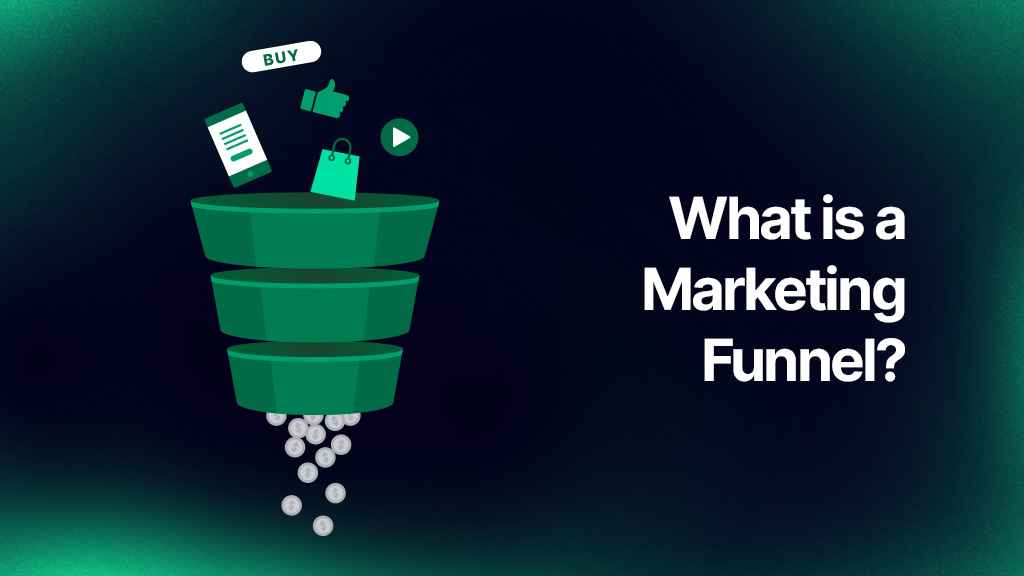
Table of Contents
- Marketing Funnel Stages
- How to Create a Marketing Funnel?
- What Are the Different Types of Marketing Funnels?
- Benefits of Marketing Funnels
- Marketing Funnel Metrics
Have you ever wondered how people go from discovering a product to buying it? That’s where the marketing funnel comes in. Imagine it like a journey from first hearing about something to actually getting it. A marketing funnel is like a roadmap for businesses. It helps them guide potential customer funnel through different stages.
Understanding this marketing funnel journey helps businesses plan how to grab attention, keep interest, and encourage people to make a purchase. It’s like a strategy for turning curious people into happy customers. Here, we’ll dive into each stage, talk about how businesses create them and what is a funnel, look at different types, and strategies for each stage of the Marketing Funnels, and see why they’re so important. Now let’s get started!
Marketing Funnel Stages
Understanding what is a marketing funnel and its stages is essential for crafting a comprehensive strategy that guides potential customers seamlessly from initial awareness to making a purchase decision. Let’s explore each stage in detail:
1. Awareness
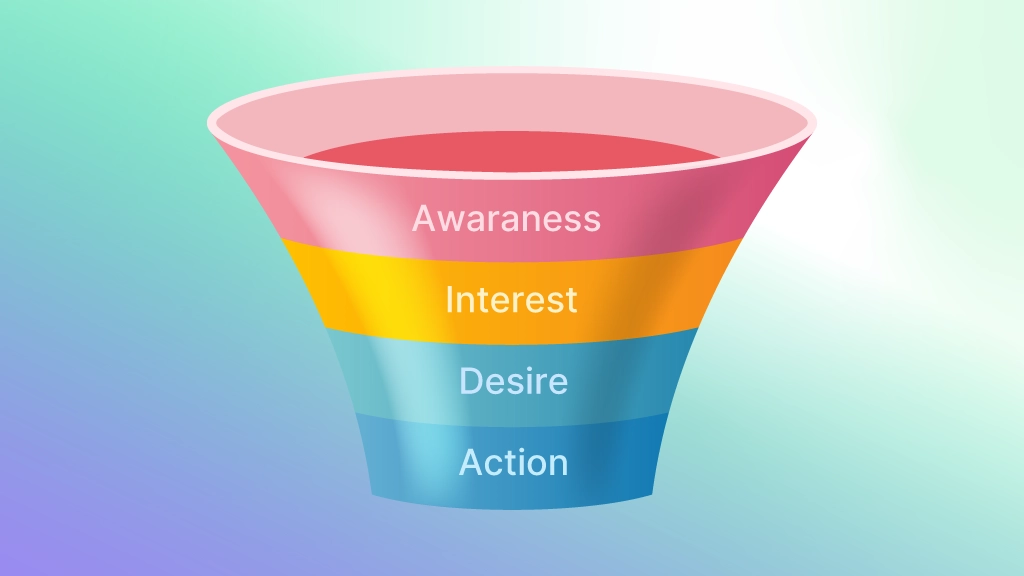
The Awareness stage is the entry point for potential customers into your marketing funnel. At this stage, the goal is to make your target audience aware of your brand, product, or service. Engaging and shareable content is essential at this stage, as it introduces your brand to potential customers and establishes a connection. Among the strategies used here are:
- Content Marketing: Creating valuable and shareable content that introduces your brand to a wider audience.
- Social Media Campaigns: Using platforms like Facebook, Instagram, and Twitter to increase brand visibility.
- Paid Advertising: Using targeted ads to reach a specific demographic and capture attention.
2. Interest
Once potential customers are aware of your brand, the next marketing funnel step is to capture and maintain their interest by providing engaging content, leveraging email marketing, and offering educational materials. During the Interest stage, strategies include:
- Lead Nurturing: Engaging potential customers through email campaigns, newsletters, and targeted content.
- Educational Content: Providing in-depth information about your products or services to showcase their value.
- Webinars and Events: Hosting virtual or in-person events to connect with your audience on a deeper level.
3. Desire/Consideration
As potential customers move further into the marketing funnel, they enter the Desire/Consideration stage. Here, the focus is on showcasing the unique benefits of your offerings and addressing specific pain points. Strategies include:
- Clear Calls-to-Action (CTAs): Guiding prospects toward the next steps, such as requesting a demo or downloading a trial.
- Product Demonstrations: Providing hands-on experiences or virtual demonstrations to illustrate the value of your product.
- Customer Testimonials: Sharing success stories and testimonials to build trust and credibility.
4. Action
The ultimate goal of the marketing funnel is to lead potential customers to take a specific action, whether it’s making a purchase, signing up for a service, or requesting more information. Strategies for the Action stage include:
- Streamlined Purchase Funnel: Ensuring a simple and user-friendly experience for customers making a purchase with customer purchase funnel.
- Transparency: Providing clear information about pricing, policies, and any additional steps involved in the action.
- Effective Communication: Using communication channels such as live chat or customer support to address any concerns promptly.
You can also simplify it into three marketing funnel stages:
Top of the funnel (ToFu): It focuses on creating awareness among a broad audience.
Middle of the funnel (MoFu): It involves nurturing leads and providing more targeted content to those who have shown interest.
Bottom of the funnel (BoFu): It focuses on conversion and guiding leads toward a specific action.
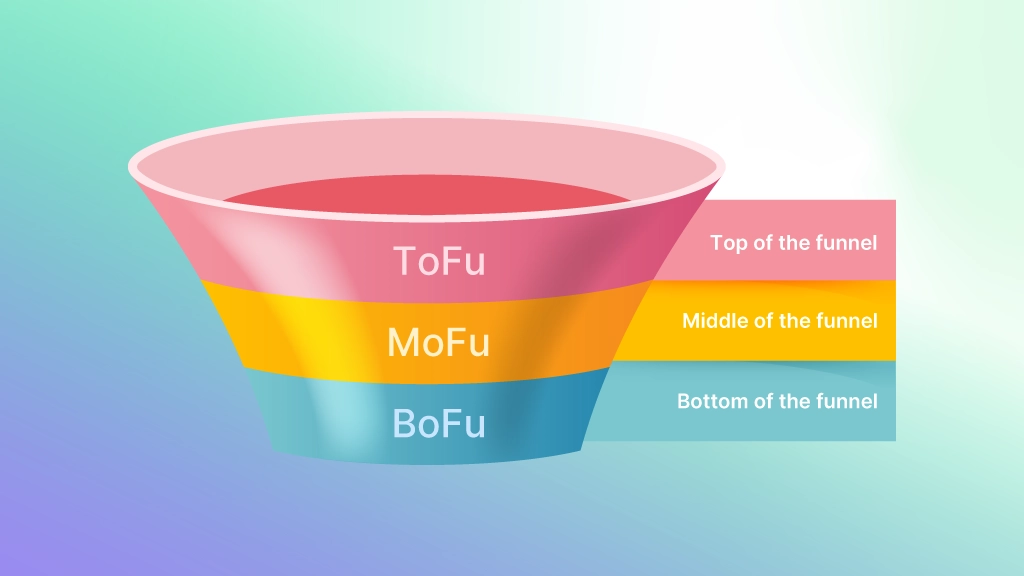
Understanding and strategically implementing these stages of the marketing funnel can significantly improve the effectiveness of your overall marketing funnel strategy, leading to increased conversions and customer satisfaction.
In the next sections, we’ll explore how to create a marketing funnel, the different types of marketing funnels, and the benefits and metrics associated with this powerful marketing concept.
How to Create a Marketing Funnel?
Creating an effective marketing funnel requires a strategic approach tailored to your business and target audience. Here’s a step-by-step guide to help you build a strong full funnel marketing strategy:
1. Understand Your Audience
Begin by gaining a deep understanding of your target audience. What are their needs, pain points, and preferences? This knowledge forms the foundation of your funnel.
2. Create Compelling Content
Develop content that resonates with each stage of the marketing funnel. Top-of-the-funnel content should be attention-grabbing and informative, while middle and bottom-of-the-funnel content should nurture and guide potential customers toward conversion.
3. Optimize Landing Pages
Ensure that your landing pages are optimized for conversions. A clear and concise design, compelling copy, and strategically placed calls-to-action are crucial elements of an effective landing page.
4. Implement Email Campaigns
Use email marketing to nurture leads and guide them through the marketing funnel. Segment your email lists based on user behavior and preferences to deliver more personalized and relevant content.
5. Utilize Analytics
Regularly monitor and analyze the performance of your marketing funnel. Identify areas of improvement, track conversion rates, and use data to optimize your strategies.
Creating a marketing funnel is an ongoing process that requires adaptability and continuous optimization. By understanding your audience and tailoring your approach at each stage, you can build a funnel that effectively guides potential customers toward conversion.
What Are the Different Types of Marketing Funnels?
We’ve explored the marketing funnel definition, but there are types of it. Marketing funnels have various types, each designed to meet specific business objectives and address distinct customer journeys. Understanding these different funnel types allows businesses to tailor their strategies to align with specific goals. Let’s explore some common types of marketing funnels:
Marketing Sales Funnel: Focuses on guiding customers through the stages leading to a purchase, from awareness to the final sale.
Lead Generation Funnel: Designed to capture and nurture leads, often through content marketing and gated resources.
Conversion Funnel: Targets specific actions, such as signing up for a webinar or downloading a resource, with the ultimate goal of conversion.
Product Launch Funnel: Designed to create anticipation and drive sales during the launch of a new product or service.
These are just a few examples of marketing funnels, and businesses often customize them to suit their unique objectives and target audiences. Exploring and experimenting with different funnel types can help businesses discover the most effective approaches for their specific goals.
In the next sections, we’ll look at the benefits of marketing funnels and explore the key metrics that businesses should monitor to assess the performance and effectiveness of their funnels.
Benefits of Marketing Funnels
Implementing a well-structured marketing funnel offers numerous benefits for businesses looking to optimize their customer acquisition and retention strategies. Let’s dive into the key advantages of incorporating marketing funnels into your overall marketing strategy:
1. Increased Conversion Rates
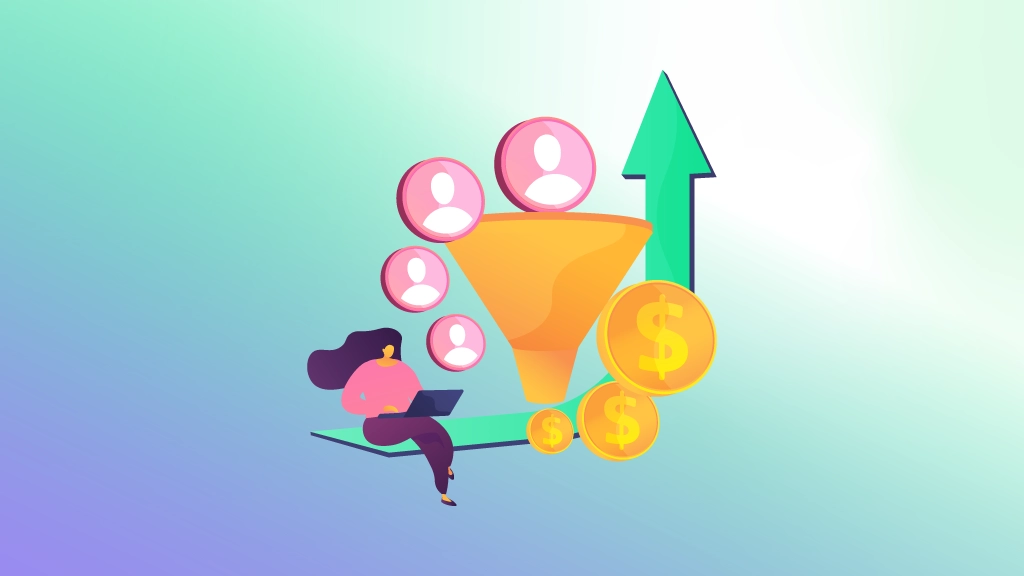
One of the primary benefits of a marketing funnel is its ability to increase conversion rates. By guiding potential customers through a structured journey, businesses can address their specific needs at each stage, increasing the likelihood of conversion. A well-optimized funnel ensures that prospects move seamlessly from awareness to action, minimizing drop-offs and maximizing conversions.
2. Better Understanding of Customer Behavior
Marketing funnels provide valuable insights into customer behavior at each stage of the journey. By analyzing data and interactions within the funnel, businesses gain a deeper understanding of what resonates with their audience. This knowledge allows for more targeted and personalized marketing strategies, aligning with customer preferences and improving overall engagement.
3. Improved Customer Retention
Funnels for marketing are not only about acquiring new customers but also about retaining existing ones. By maintaining engagement throughout the customer journey, businesses can build lasting relationships. Retention-focused strategies, such as post-purchase communication and loyalty programs, can be seamlessly integrated into the later stages of the funnel, improving customer loyalty and repeat business.
4. Optimized Marketing Budgets
A well-designed marketing funnel helps allocate resources more efficiently. By identifying the most effective channels and strategies at each stage, businesses can optimize their marketing budgets. This prevents wasting money on tactics that may not contribute significantly to the overall conversion process.
5. Tailored Content for Audience Segmentation
Marketing funnels allow businesses to tailor content based on audience segmentation. As customers progress through the funnel, their needs and interests become clearer. This segmentation enables businesses to create targeted content that resonates with specific audience segments, delivering a more personalized and relevant experience.
6. Streamlined Communication
Effective communication is important for leading potential customers through the advertising funnel. Funnels provide a structured framework for communication, ensuring that messages are timely and aligned with the prospect’s stage in the journey. This streamlined communication minimizes confusion and enhances the overall customer experience.
7. Data-Driven Decision Making
Marketing funnels generate valuable data that empowers businesses to make informed decisions. Analyzing metrics such as conversion rates, click-through rates, and customer behavior provides actionable insights. Businesses can refine their strategies based on real-time data, adapting to market trends and continuously improving the effectiveness of their funnels.
8. Enhanced Customer Satisfaction
A smooth and well-planned customer journey leads to increased satisfaction. When potential customers find the information they need, find personalized content, and experience a seamless purchasing process, they are more likely to be satisfied with their overall interaction with the brand.
Marketing funnels serve as powerful tools for businesses to navigate the complex landscape of customer acquisition and retention. From boosting conversion rates to enhancing customer satisfaction, the benefits of implementing a well-crafted marketing funnel are numerous.
In the next section, we’ll explore the key metrics that businesses should monitor to evaluate the performance of their marketing funnels.
Marketing Funnel Metrics

Effective measurement and analysis of key metrics are essential components of successful marketing funnel management. Monitoring these metrics provides insights into the performance of each stage, allowing businesses to identify strengths, weaknesses, and areas for improvement. Let’s explore the important marketing funnel metrics that businesses should track:
Conversion Rate
Conversion rate is the percentage of people who complete the desired action compared to the total number of visitors or leads. Conversion rate is a fundamental metric that indicates the effectiveness of your funnel at moving prospects from one stage to the next. It provides a snapshot of how well your strategies are turning potential customers into active participants.
Click-Through Rate (CTR)
Click-through rate is the percentage of people who click on a link or call-to-action compared to the total number of people who view the content. CTR measures the effectiveness of your calls-to-action and the overall engagement of your audience. It’s particularly important for assessing the performance of emails, ads, and other clickable content.
Bounce Rate
Bounce rate is the percentage of visitors who navigate away from the site after viewing only one page. A high bounce rate indicates that visitors are not finding what they expected or that the landing page is not effectively engaging them. It’s a critical metric for evaluating the relevance and appeal of your content.
Lead-to-Customer Conversion Rate
Lead-to-customer conversion rate is the percentage of leads that ultimately become paying customers. This metric provides insights into the quality of leads generated by your funnel. A high lead-to-customer conversion rate indicates that the funnel effectively nurtures and converts leads into customers.
Cost per Acquisition (CPA)
Cost per action is the cost associated with acquiring a new customer. CPA helps businesses assess the efficiency of their marketing spend. It’s calculated by dividing the total cost of a campaign by the number of conversions, providing a clear picture of the cost-effectiveness of customer acquisition.
Customer Lifetime Value (CLV)
Customer lifetime value is the predicted net profit generated throughout the entire relationship with a customer. CLV allows businesses to assess the long-term value of a customer. It’s an important metric for making informed decisions about marketing budgets and customer retention strategies.
Funnel Dropout Rates
Funnel dropout rates are the percentage of individuals who abandon the funnel at each stage. Analyzing dropout rates at different stages provides insights into areas that may need improvement. Identifying where prospects are most likely to disengage helps in implementing targeted strategies for retention.
Tracking these marketing funnel metrics provides businesses with actionable data to refine and optimize their strategies continually. Regular monitoring allows for quick adjustments, ensuring that the marketing funnel remains effective and aligned with the evolving needs of the target audience.
In summary, it is important to understand what is the marketing funnel and the best funnel marketing strategy because the marketing funnel is a dynamic tool offering benefits like increased conversions and optimized budgets.
Key metrics serve as a compass for refining strategies and adapting to consumer behavior. Success lies in mastering engagement at each stage. Here’s to crafting meaningful connections and navigating the exciting terrain of marketing funnels. Cheers to your continued success!

Why are Marketing Funnels Important?
Marketing funnels are essential for guiding customers through a structured journey, optimizing communication, and increasing conversion chances. They offer valuable insights through metrics, enhancing customer relationships in the competitive marketing landscape.
What is Upper Funnel Marketing?
Upper-funnel marketing, or top-of-the-funnel, aims to create brand awareness and capture a broad audience’s attention. It employs strategies like content marketing, social media, and online ads to introduce potential customers to a brand, setting the stage for further engagement in the marketing funnel.
How to Create a Funnel for Affiliate Marketing?
To create an affiliate marketing funnel: Understand your audience, choose high-converting products, and build a compelling landing page. Use an email sequence to guide leads and employ tracking tools for optimization. Consider offering exclusive incentives to boost conversions.
What is the Awareness Stage of the Marketing Funnel?
The awareness stage is the funnel’s outset, introducing potential customers to a brand or product. Tactics like content marketing and social media aim to create broad visibility, laying the foundation for subsequent funnel stages.
What is The Difference Between B2B and B2C Marketing Funnels?
The key difference lies in the target audience. B2B marketing funnels are longer, focusing on relationship-building and addressing business needs. B2C marketing funnels are shorter, emphasizing emotional connections and individual preferences. Strategies vary, with B2B using targeted content and B2C leveraging direct advertising and promotions to suit audience dynamics.
How to Measure the Success of Your Marketing Funnel?
Measure success by tracking key metrics: conversion rates, click-through rates, bounce rates, lead-to-customer conversion, cost per acquisition (CPA), and customer lifetime value (CLV). Analyze exit rates and dropout rates for areas of improvement. Regularly adjust strategies based on these metrics for a dynamic and successful marketing funnel.

